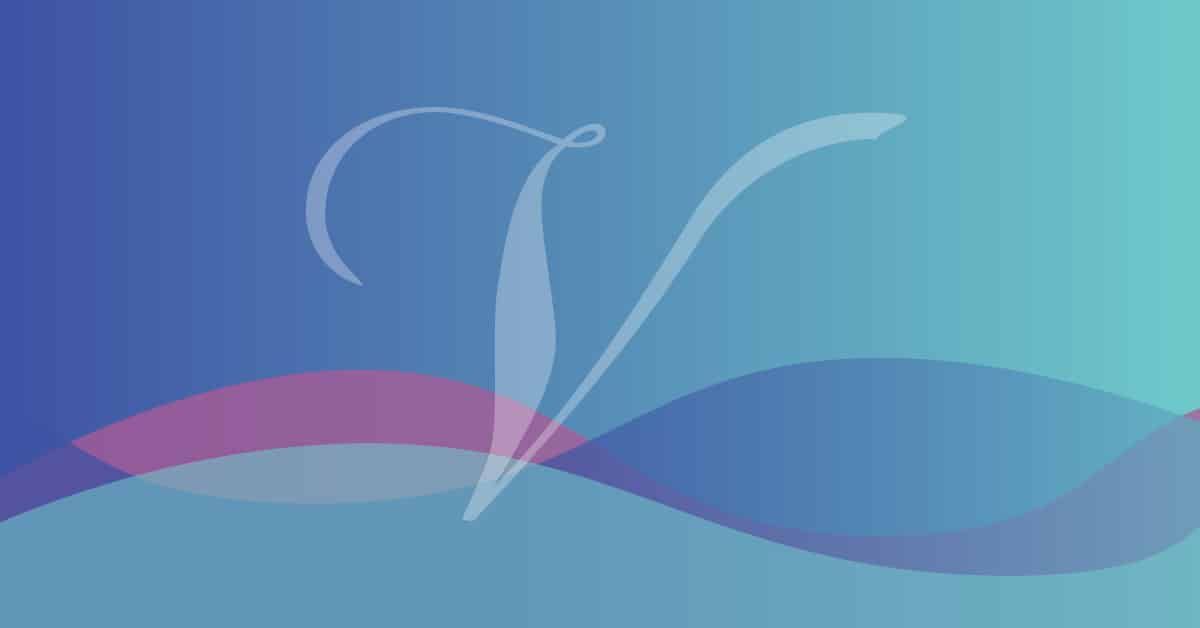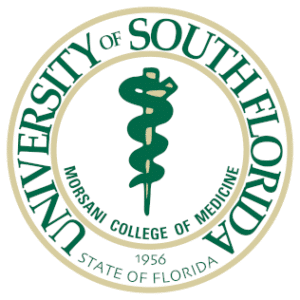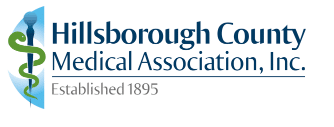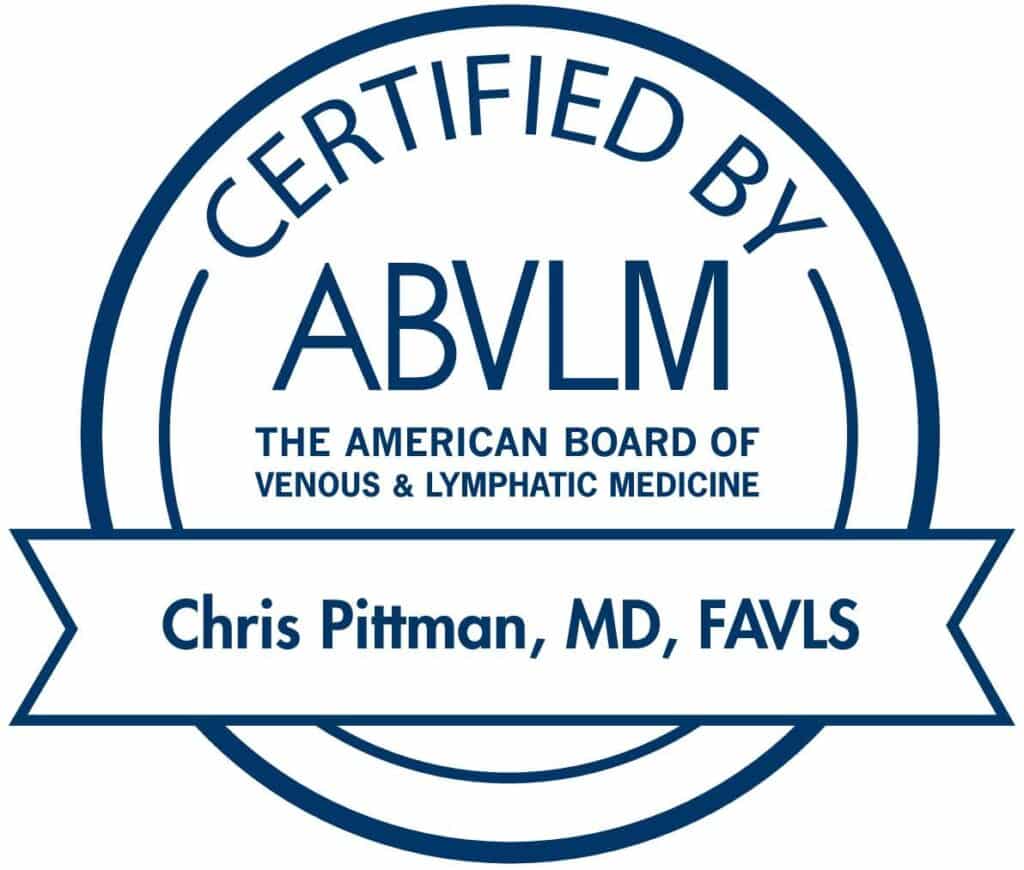Spider Veins Defined
Named after their tendency to look like spider webs, spider veins spread out beneath the skin in unsightly and sometimes painful networks of red, blue, or purple tendrils. They appear as a result of age or disease and share the same underlying pathology as varicose veins. In fact, the two conditions often appear together when the elasticity of veins begin to wane causing internal valves to lose functionality. As a result, blood begins to pool under the natural effects of gravity, causing a great amount of internal pressure to build.
The principal difference between spider veins and varicose veins lies in their relative size and appearance. While varicose veins are quite large and often budge and protrude, spider veins are typically smaller and lie beneath the smooth and unbroken surface of the skin. However, despite their small size, spider veins can cause many of the medical issues that are common to varicose veins, including throbbing, aching, and itching. Of course, they also can become quite unsightly as they begin to spread out over larger and larger areas.
Seeking Treatment
Whether they want treatment for medical or purely cosmetic reasons, people have long sought to rid themselves of spider veins Historically speaking, very little could be done to combat or eradicate this unfortunate condition. Modern medical practices brought surgical techniques such as “vein stripping” that allowed physicians to remove many types of varicose veins. However, the delicate nature of spider veins has traditionally made such procedures exceedingly difficult.
Today, individuals who suffer from spider veins can choose among several safe, effective, and minimally invasive treatment techniques. Most of these treatments fall under one of the following two categories:
- Sclerotherapy – A non-invasive procedure that requires no anesthesia and can be performed in your doctor’s office whatsoever, sclerotherapy takes only a few minutes to complete and can significantly reduce the unsightly appearance and painful effects of spider veins. Using a small hypodermic needle and one or more chemical solutions, doctors perform injections on all affected veins. The solution causes the vein to rapidly close and collapse before gradually reabsorbing into the body.
- Laser treatment – Rather than using a chemical, laser surgery closes diseased veins by sending strong bursts of light into the vein. Endovenous Laser Treatment (or EVLT) uses special ultrasound-guided medical catheters to deliver laser light beneath the skin. Ideal for spider veins, transdermal laser treatments work by pulsing light beams through the skin from the outside.
For more information about sclerotherapy and laser-based treatment methods for spider veins, contact a highly skilled and knowledgeable representative at Vein 911.











